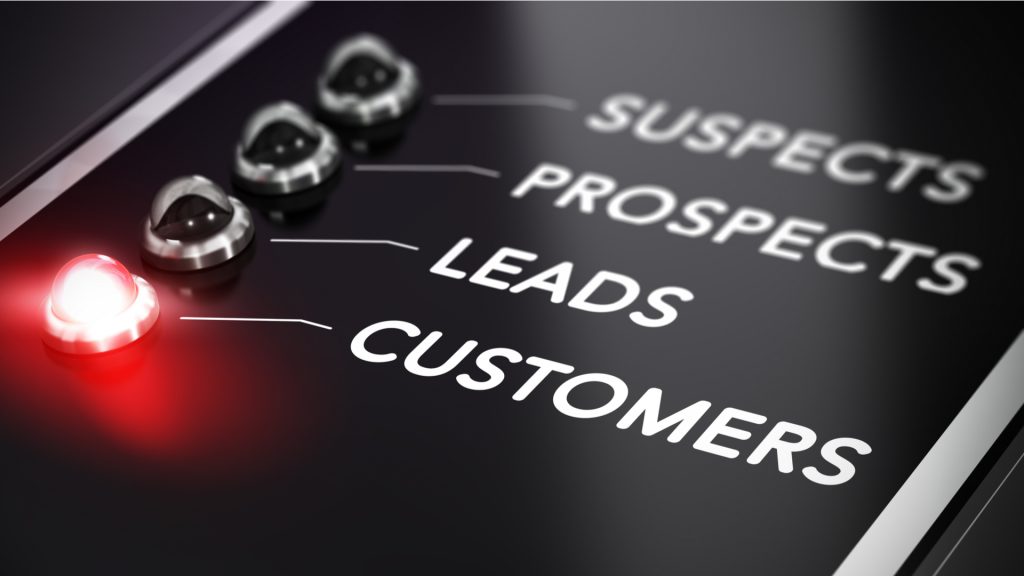Today, we might be approaching the most exciting part – the one where we finally get money. Even though business revenue depends strongly on how effective your sales department is, it would be wrong not to take into an account other factors that affect the process. So, before heading to the article, you might want to check the previous 3 parts:
Ready? Let us proceed to the sales metrics that will give you a deeper view of how things are going in your business.
Magic Number

The metric is rather meaningful. You could probably guess that from the name: only important stuff is called “magic” in business. But what does it actually mean?
Generally, Magic Number is a widely used method of calculating sales efficiency. It measures how much money your company generates in ARR (annual returning revenue) for every dollar spent on sales and marketing.
How to calculate your Magic Number
Find this quarter's revenue growth as compared to the previous quarter, multiply the result by 4 and divide by the previous quarter's M&S expense.

Example:
Let’s say that you spent $1000 on sales and marketing this quarter. Due to this spending, your revenue grew by $300 the next quarter ($1200 if annualized). Thus, your Magic Number is 1.2, which is considered to be quite ok.
A magic number of 1.0 and higher means that your S&M teams are performing well, and you are able to return client acquisition costs within a year and actually generate profit on them.
Taking into account the result of the equation, you can plan further actions regarding your sales and marketing:
- <0,5 – you're not yet ready to invest into S&M
- <1 – your S&M need improvement
- >1 – invest in S&M
Average basket size and average ticket size

Average basket size is the number of items sold in a standard single purchase.
Average ticket size is the price of a standard single purchase.
These metrics are especially relevant for e-commerce startups, as their revenue depends strongly on them. By putting together these numbers, a lot can be discovered about your business model. For example, larger tickets with smaller baskets are more typical for stores with premium products, like jewelry or cars. Such businesses usually possess wealthier customers, have fewer recurring purchases and are more flexible in CAC. Those with larger baskets usually sell smaller everyday goods like pet food or groceries.
How to define average basket & ticket size
To calculate average basket size, divide the number of items sold by the number of transactions.
Average ticket size can be found by dividing sales revenues by transactions.
How to maximize your basket & ticket size
Many business owners and sales strategists are hammering on this issue, as growing these numbers can be quite a boost for your business. Here are a few popular techniques for doing so:
Up-Selling
 Up-selling is encouraging your clients to increase the sum they are ready to pay for a product or service. Depending on the business model, this can mean offering an updated model, larger volumes or special perks. For example, when selling laptops, you can suggest a device with more RAM or processing power. If you're working with a subscription model, you can offer your clients a better plan.
Up-selling is encouraging your clients to increase the sum they are ready to pay for a product or service. Depending on the business model, this can mean offering an updated model, larger volumes or special perks. For example, when selling laptops, you can suggest a device with more RAM or processing power. If you're working with a subscription model, you can offer your clients a better plan.
To up-sell successfully, it's recommended to wait until the customer decides on a purchase and only then introduce your option; this will make easier for the customer to compare the solutions and asses the advantages. Take care that your up-selling option matches the customer’s selected item; don't just offer random stuff.
Cross-Selling
 «These items are often bought together.» – Rings a bell, doesn't it? Cross-selling is offering clients the opportunity to add complementary products to their carts—a cover to a smartphone, for example.
«These items are often bought together.» – Rings a bell, doesn't it? Cross-selling is offering clients the opportunity to add complementary products to their carts—a cover to a smartphone, for example.
The main idea of cross-selling is that the buyer is already in “shopping mode”, so he or she is more likely to buy something extra. Just make sure that an offered item is a truly good much for the selected product.
Check our related article:
Ultimate Guide to Evaluating Your Startup. Part 1: Finances
Average Sales Cycle

This metric stands for the average time period between your first contact with a prospect and that prospect making a purchase, averaged across all committed purchases.
Knowing your sales cycle length helps you plan and forecast your future sales volumes, and setting up specific KPIs tailored at minimizing the cycle can help your business grow, so don't underestimate the importance of this metric.
How to determine an average sales cycle
Take the time period between the first contact and the last purchase and divide it by the number of deals.

The result may vary drastically depending on your industry and business model. For subscription models, the sales cycle is constant and averaged to a regular subscription period. Small e-commerce businesses have quite short sales cycles, measured in weeks or even days. The longest sales cycles belong to government and educational institutions and can be 2 years or more.
How to get the most out of it
Create a loyalty program
 Though some business models, especially ones based on subscription, are highly resistant to this advice, others show marvellous results. A relevant loyalty program can motivate your clients to buy more often. For example, you can offer special perks and discounts valid within a short period after the last purchase. With some customization, such tools are effective for both B2C and B2B.
Though some business models, especially ones based on subscription, are highly resistant to this advice, others show marvellous results. A relevant loyalty program can motivate your clients to buy more often. For example, you can offer special perks and discounts valid within a short period after the last purchase. With some customization, such tools are effective for both B2C and B2B.
Mind the nature of product and lead
 It takes longer to sell to companies than to end-users, off-the-shelf products are sold faster than designer or customizable ones, cold and hot leads have rather different purchase intent. To make your analysis more effective, you may consider segmenting your sales cycle length by production types and lead sources to work on them separately.
It takes longer to sell to companies than to end-users, off-the-shelf products are sold faster than designer or customizable ones, cold and hot leads have rather different purchase intent. To make your analysis more effective, you may consider segmenting your sales cycle length by production types and lead sources to work on them separately.
Sales Velocity

Long story short, this is the speed at which your sales dept is making money. While in physics velocity is measured in meters-per-second, in sales we use revenue-per-month. It's also very common to calculate it for separate sales managers to compare their progress.
How to calculate Sales Velocity
To find the right numbers, multiply the amount of leads your team members can handle within a certain period of time by your average ticket size and conversion rate, then divide it by your average sales cycle.

For example:
Each of your sales representatives can handle 200 leads a month, conversion from marketing qualified lead to a customer is 2% and average ticket size is $200. By dividing these numbers by a 2-month-long sales cycle, you get 200 leads*0,02*$200/2 months = $400/month/rep.
How to get the most out of it
Change matters
 Knowing your Sales Velocity doesn't give you a lot, though knowing that the latest update to a contact form helped to increase its use by 5% will help you make the right business moves.
Knowing your Sales Velocity doesn't give you a lot, though knowing that the latest update to a contact form helped to increase its use by 5% will help you make the right business moves.
Segment your customers
 Using the metric for different groups of customers (e.g., based on geography, age, deal size) can help you either customize your communication for each of these groups or focus on the most promising ones. Both approaches have the potential to gain you more deals.
Using the metric for different groups of customers (e.g., based on geography, age, deal size) can help you either customize your communication for each of these groups or focus on the most promising ones. Both approaches have the potential to gain you more deals.
Check our related article:
Benefits of Startup Valuation and the Factors Influencing It
***
We're in the homestretch now: 4 articles are done, and there’s only 1 left. Subscribe to our mailing list to make sure you don’t miss it!
In a meantime, if you have any questions about the technical side of your business or are in search of the right tech talent, contact us for a consultation. We'll be happy to give you a hand!
←PREVIOUS Ultimate Guide to Evaluating Your Startup. Part 3: Marketing
NEXT: Ultimate Guide to Evaluating Your Startup. Part 5: Market

Leave a Comment